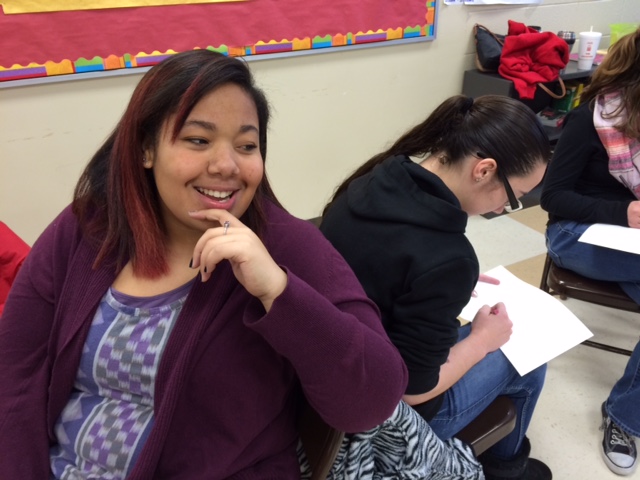
In a student-directed, proficiency-based classroom we see daily growth in our students, yet it is increasingly difficult to put that growth into a grade that appeases our school’s guidelines. Here are a few helpful ideas to get your brain thinking about how to assess your students.
Performance and Proficiency-
We are striving for proficiency in the classroom- what a language learner can do spontaneously over a variety of topics- and assessing for proficiency is a daunting task which can be accomplished about two times a year. So, we depend on performance based assessments- actual or simulated real-world tasks drawing on knowledge and skills that have been practiced during a unit or several units- to see the growth in our students at a specific proficiency level.
What do questions look like for an assessment?
As we are assessing our students we are looking for functions and text types, not specifically for comprehension. We want to ask our students open ended questions that allow them the opportunity to show us all that they can!
Novice
- List things you do with your friends / in math class / on the weekend etc.
- List differences between you and your sibling.
- Categorize food groups.
- Do you prefer _______ or ___________? Why?
- Sketch your room, classroom, your favorite place and share all you can about the different parts.
Intermediate Level:
- Highlight the important message from the article.
- Visualize and explain an amazing vacation.
- Evaluate why you have a certain grade in English class.
- How do you know someone is a good friend?
What can we look for from students in an assessment?
| NOVICE | INTERMEDIATE |
|
|
What Meets Expectations? What Exceeds?
| Meets | Exceeds | |
| Novice Low |
|
|
| Novice Mid |
|
|
| Novice High |
|
|
| Meets | Exceeds | |
| Intermediate Low |
|
|
| Intermediate Mid |
|
|
